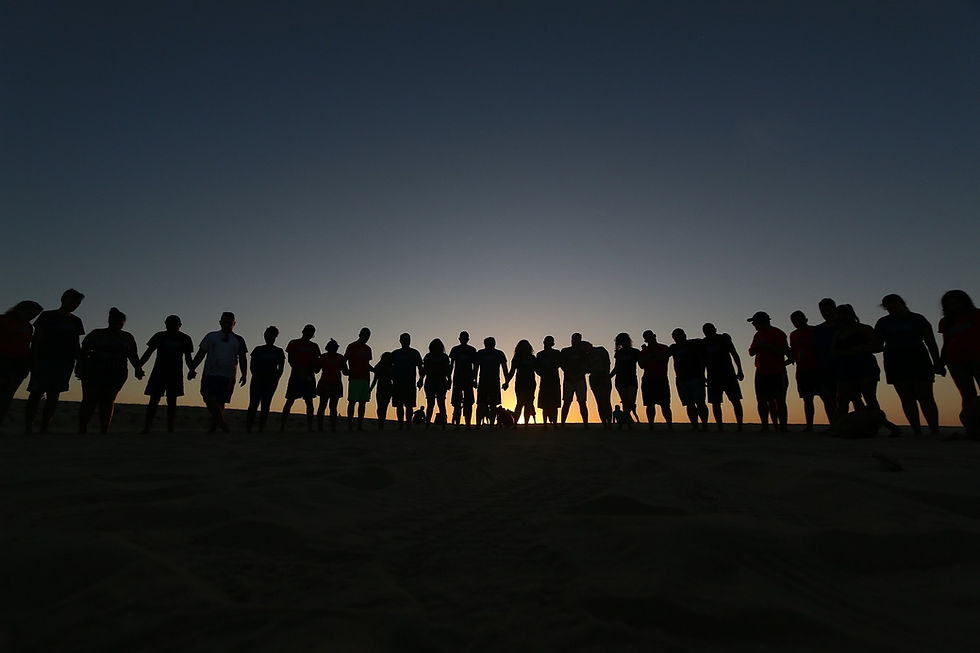5 Easy Steps to Decentralization
- Carlos Cuellar Brown
- May 11
- 2 min read
Updated: May 12

A significant number of the problems with civilization are attributable to the centralization of social control. If you follow the historical trail, centralization of power has been around ever since the first wise person decided to dominate over others and perpetuate his or her own agenda. Centralized social structures need effective enforcement of their made-up laws. Their bill of goods glares at us blindly to assure the perception of a parent-like state or supreme sovereign that protects us and guarantees order and life. The law of the jungle would prevail otherwise, they told us. The masterminds of these power centers created the top-down style dominance to keep the pecking order among the ranks. This established pyramid-like bureaucracies where absolute power in the form of a supreme representative sits at the pinnacle, ensuring the obedience of the people.
The historical figure of a demigod or monarch at the top of a social hierarchy has ensured millennia of servitude and has programmed the pathology of submission into our subconscious. Absolute power and centralized decision-making were not the practice of modern humans for the 190 thousand years that preceded civilization and monotheism. The digital age and the internet have also shown us that hierarchies can be entangled and work randomly across horizons. Modern power grabs control the population with psychological warfare, taxes, and artificial scarcity, locking humanity into a wheel of servitude and obedience. This bill of goods sells us short. This artificial construct needs to centralize power and dominance over the people. Centralization of power concentrates wealth and capital in the hands of the few; these concentrations monopolize land and resources, rendering us dependent on their grids. Shifting off the centralization structures that bind us takes a resilient adaptation that is waiting to happen.
Many communities and nations are already promoting decentralization and independence. Decentralizing also means becoming self-governing, resourceful, and self-reliant. Less dependent on central distribution of energy, electricity, food, culture, medicine, education, goods, services, and building codes. To achieve greater independence, communities will reduce reliance on public utilities, plugging in to alternate sources of energy and generating exchange of goods and services on the local scale; we will also grow and maintain our locally grown food supplies and share surplus with neighbor communities. To decentralize from the gridlock, we must also build social structures and create transition community management, setting clear goals for what is good for the environment and the people, where ecology shows the way with its very own natural technology. The key to implementing innovation in social structures and its dynamics is by having a clear understanding of whole system design and our foremost teacher, which is nature. When we learn her ways, we will be able to harvest natural inputs and manage our outputs efficiently and elegantly. The five steps to decentralization include 1) relocation, 2) energy independence, 3) food independence, 4) community and regional social circles, and 5) ecology over technology. Stay tuned for this breakdown.


















